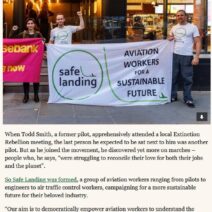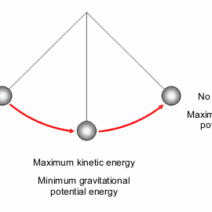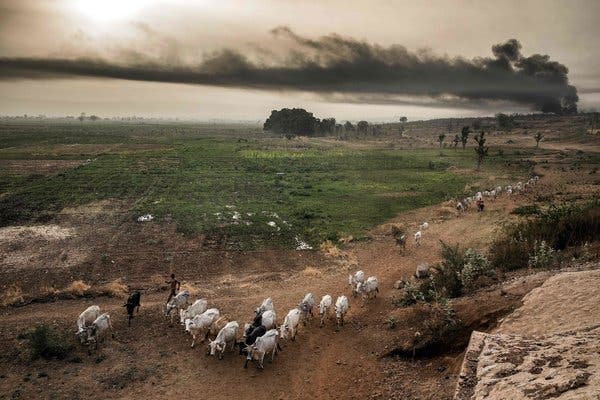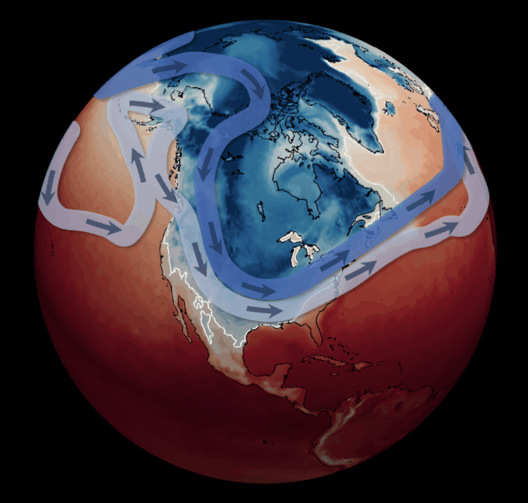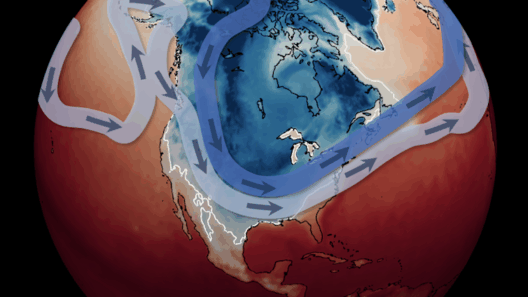As the sun rises over vast fields of corn and wheat, casting long shadows over the earth, one cannot help but wonder about the fragility of our global food supply. In this intricate web of life, each strand is delicately woven together, forming an ecosystem that humanity relies on for sustenance. However, lurking in the background is an insidious threat: climate change. This affliction, much like an uninvited guest at a feast, is poised to disrupt the balance we have established, raising grave concerns about the future of agriculture and food security worldwide.
The world, akin to a grand mosaic, depends on a multitude of climatic conditions for optimal agricultural productivity. For centuries, farmers have danced with nature, aligning their planting and harvesting schedules with seasonal weather patterns. But as we witness an undeniable shift in these patterns, the once-reliable rhythm of agriculture has begun to falter. Global temperatures are on the rise, like a pot of water gradually coming to a boil, threatening not only plant life but also the delicate soil ecosystems that serve as the foundation of our food production.
As temperatures soar, we witness the proliferation of extreme weather events—droughts, floods, and hurricanes. These occurrences are not merely anecdotes; they represent a cacophony of climate chaos. They evoke images of farmers, once resilient as oak trees, now bending like fragile saplings under the weight of relentless storms. For those in regions dependent on rain-fed agriculture, the threat is particularly severe. Drought transforms vibrant, green landscapes into arid wastelands. Crops, our sustenance, wither under the harsh sun, while aquifers, once plentiful, fall into depletion—an alarming reality that begs for immediate attention.
Moreover, as the climate warms, pests and diseases find their paradise. Like a creeping shadow, they invade the fields, posing significant challenges to yields. Warmer temperatures and altered weather patterns create opportunities for these adversaries to proliferate. Farmers, historically skilled in combating these threats, now find themselves grappling with unfamiliar foes. The pesticides, once their trusty allies, face diminishing effectiveness, necessitating an increased reliance on chemical interventions that may have long-term ecological consequences.
This escalating threat to crop viability, however, does not merely affect farmers in distant lands; it reverberates around the globe, striking at the heart of food security. The world’s population continues to burgeon, projected to reach nearly ten billion by 2050. This demographic expansion will give rise to an insatiable demand for food—an expectation that stands in stark contrast to the diminishing yields resulting from climate change. In this unfolding drama, the specter of famine looms ominously, threatening to blanket regions already vulnerable to food scarcity.
Climate change also undermines the nutritional quality of food. Elevated carbon dioxide levels have been shown to diminish the concentrations of essential nutrients in staple crops like rice and wheat. As if conducting a symphony in a dissonant key, this phenomenon highlights the paradox of food production: we may produce more calories, but with them comes a potential decline in the vital nutrients that our bodies desperately need to thrive. This is an alarming reminder that food security is not merely a matter of quantity but also quality.
Yet, amid this crisis, there exists a flicker of hope—a burgeoning awareness of sustainable practices that can mitigate the effects of climate change on our food supply. This paradigm shift serves as a clarion call for innovative agricultural techniques that respect the rhythms of nature. Regenerative agriculture, which emphasizes soil health and ecosystem restoration, is gaining traction. This holistic approach roots itself in practices such as cover cropping, crop rotation, and agroforestry, which not only sustains yields but also sequesters carbon, thus addressing climate change at its core.
Community-driven initiatives, too, are taking center stage. Urban gardens, local food cooperatives, and permaculture projects are blossoming in cities around the world, nurturing a sense of agency and resilience. By reconnecting people with their food sources, these initiatives foster an appreciation for sustainable practices that honor the earth, all while promoting food sovereignty.
Education emerges as another pivotal player in this ongoing narrative. Increasing awareness about the implications of climate change on food security empowers individuals to make informed decisions. Consumer choices ripple through the supply chain, influencing how food is produced and distributed. As each person becomes a steward of their plates, the movement toward sustainable consumption gains momentum, challenging the status quo of industrial agriculture.
However, the journey toward a resilient food system will not be without obstacles. Policy frameworks and governmental support are essential in steering agriculture away from environmentally detrimental practices. Investment in research and development can spur innovation, leading to the creation of climate-resilient crop varieties capable of withstanding the onslaught of extreme weather. Collaboration across borders is vital, as climate change knows no boundaries; it is a collective challenge that calls for united action.
In conclusion, as we navigate the waterways of climate change’s impact on the world’s food supply, the necessity for urgent action becomes increasingly apparent. The intricate interplay of temperature, precipitation, and agricultural practices forms the very fabric of our existence. By embracing sustainable practices, cultivating awareness, and fostering cooperation, we can weave new patterns that offer hope amid the looming crisis. Together, we stand at a crossroads—where we can choose to honor the earth, safeguard future generations, and ensure that the banquet of life remains bountiful for all. The time to act is now; the stakes could not be higher.
